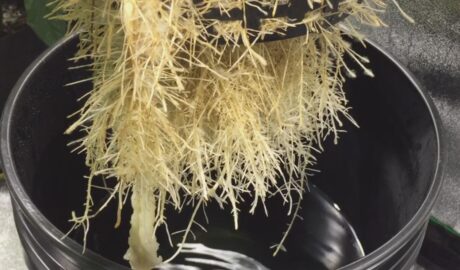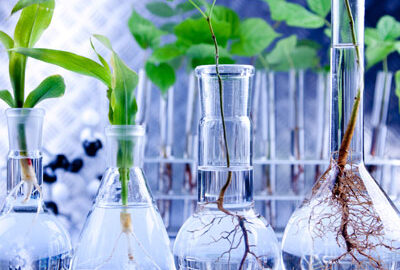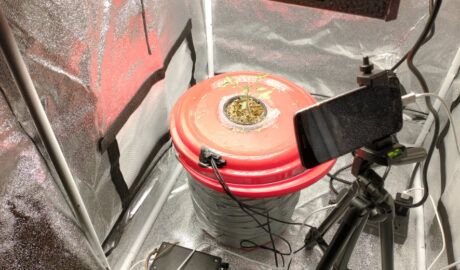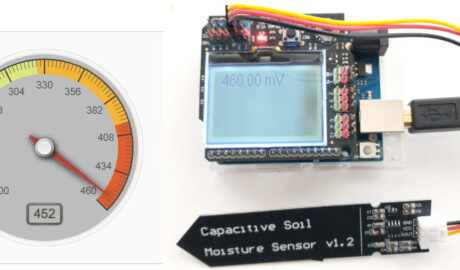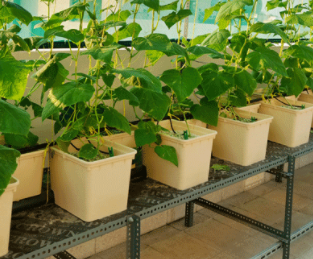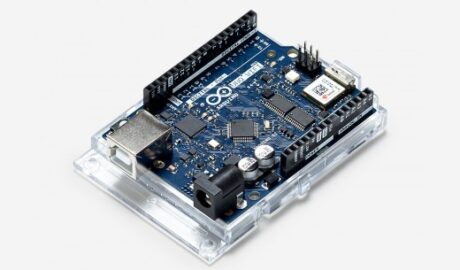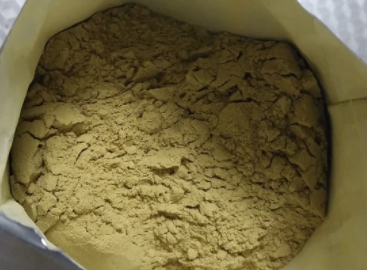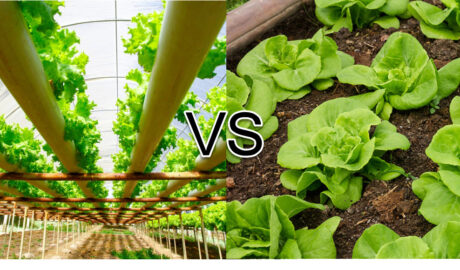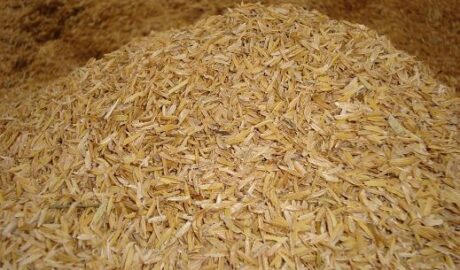How to use organic fertilizers in Kratky hydroponics
I’ve written several posts in this blog about Kratky hydroponics (for example here and here). In this method, you use a bucket, a net pot, a small amount of media,…
Read MoreThe importance of accuracy in hydroponic nutrient preparation
When you prepare your own concentrated hydroponic nutrients, you need to carry out a significant number of measurements. As a consequence, you will deviate from your intended preparation by the…
Read MoreMy Kratky tomato project, tracking a Kratky setup from start to finish
Fully passive, hydroponic setups are now everywhere. However, it seems no one has taken the time to diligently record how the nutrient solution changes through time in these setups and…
Read MoreKinetin, a powerful hormone for flowering plants
Kinetin was the first cytokinin ever discovered. Scientists have used it extensively to stimulate cell division in tissue culture, as it is a powerful growth hormone. However, there isn’t a…
Read MoreArduino hydroponics, how to build a sensor station with an online dashboard
In a previous post about Arduino hydroponics, I talked about some of the simplest projects you could build with Arduinos. We also talked about how you could steadily advance towards…
Read MoreHow to choose the best hydroponic bucket system for you
You can use simple buckets to create versatile hydroponic systems. You can create a system to grow a few plants at home or thousands of plants in a commercial facility.…
Read MoreArduino hydroponics, how to go from simple to complex
Hydroponic systems offer a great opportunity for DIY electronics. In these systems, you can monitor many variables, gather a lot of data, and build automated control systems using this information.…
Read MoreA great trick to higher chelate stability in hydroponics
The stability of micronutrients in hydroponic solution has been studied in depth during the last 5 decades (1). The EDTA molecule was the first cheap synthetic ligand that created highly…
Read MoreHydroponics vs soil, all you wanted to know
Hydroponics seeks to grow plants without soil. But is this any better? In this post, we are going to take a deep dive into the peer-reviewed literature comparing soil crops…
Read MoreThe best hydroponic medium you have never heard of
One of the most important choices in a soilless crop is the medium. Ideally, the media in a hydroponic crop should provide no nutrition but just act as support material…
Read More



